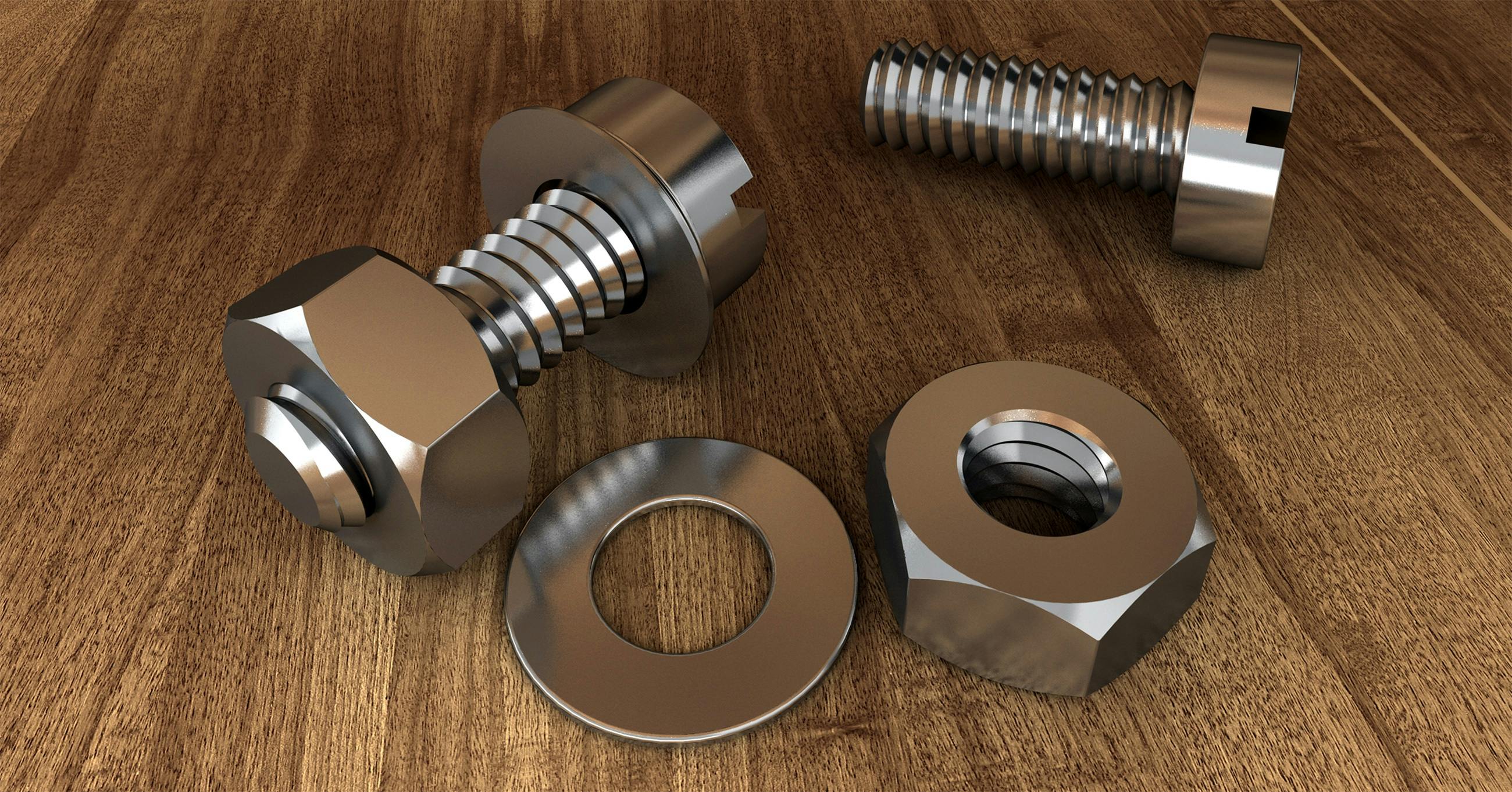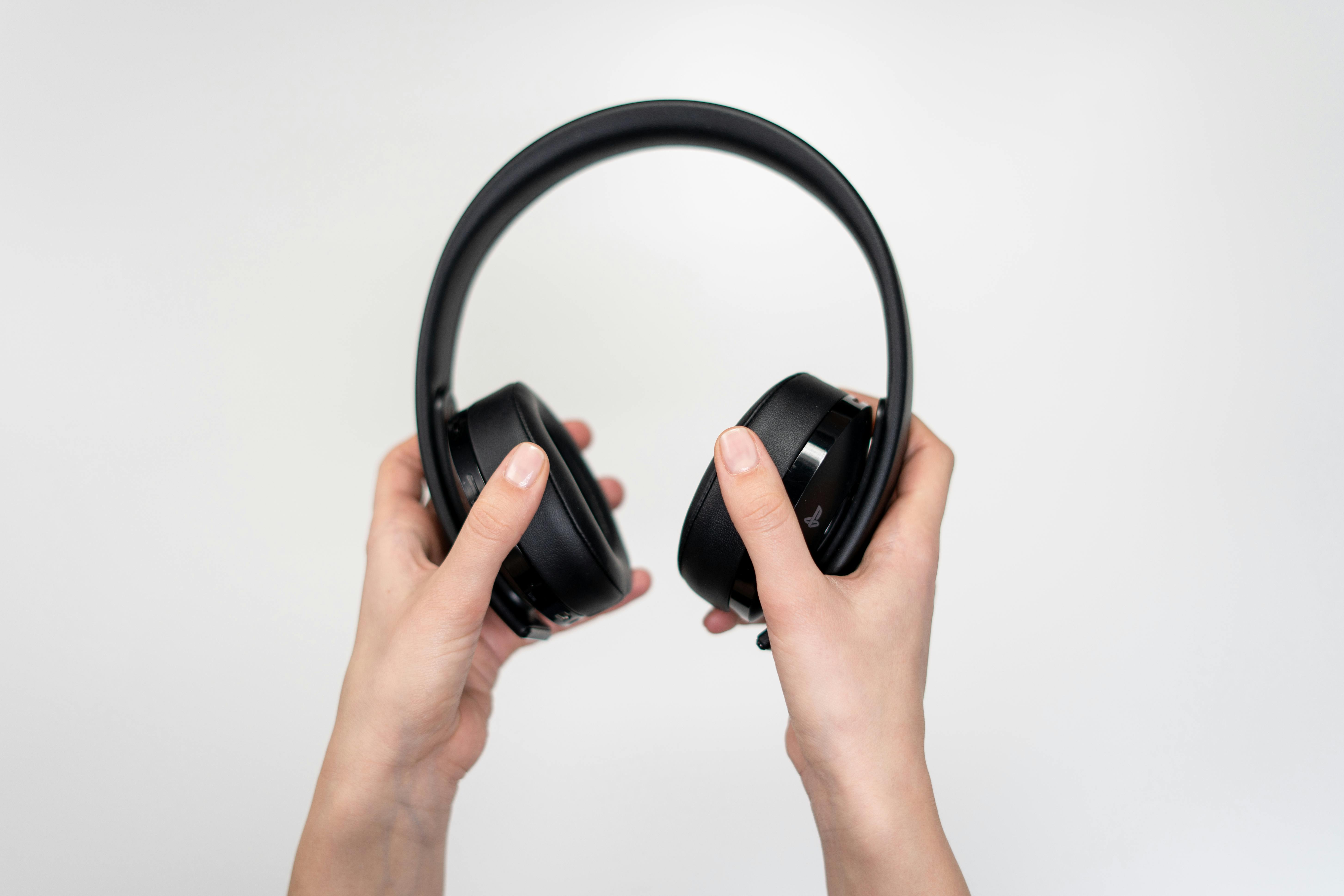PCB Via Fill Impact Manufacturing Processes
The PCB fabrication process requires vias to connect layers and conduct signal between them. In addition to the electrical function of these connections, they also help dissipate heat throughout the board. The choice of via fill impacts manufacturing processes and the quality of the finished product.
Vias can be filled with conductive and non-conductive material. In addition, they can be tented, plated shut or capped to prevent runoff of solder and to protect the via from contaminants. Via filling is an essential step in achieving high-density, high-reliability circuit boards.
The first step in the via-filling process is cleaning and prepping the board. This includes ensuring that the holes are devoid of impurities and removing copper from the hole walls where necessary. The next step is to fill the vias with a non-conductive epoxy, which is cured and planarized down to the surface of the PCB before it is electroplated.
In a conductive via fill, copper is deposited into the holes with a high-temperature copper paste. This is typically used for high-power applications and can improve the thermal performance of the pcb via fill. The conductive nature of the copper allows it to wick the heat away from critical components and dissipate it through the rest of the board.
This is an important step because unfilled vias can act as a solder sink during the assembly process, drawing the solder away from the intended joint areas. This can lead to inconsistent and potentially failed solder joints. Via-filling ensures that the solder stays where it should be, resulting in higher quality and reliability.

How Does PCB Via Fill Impact Manufacturing Processes?
Non-conductive via fill is also commonly used for low-power applications, or when a layered design makes it difficult to reach critical power locations. This method provides the same benefits as a conductive via fill without the need for additional copper plating and is generally considered less expensive than other via-fill methods.
Another benefit of non-conductive via fill is that it helps to prevent silkscreen printing issues by reducing solder-wicking. It also reduces the amount of air that is trapped in the via, preventing future stress fractures from unequal expansion and contraction between the metal and laminate.
Conductive via fills are typically used when a large amount of current is expected, or where overheating is a major concern. The copper’s conductive properties allow it to wick the heat away from the chip, cooling it and improving the lifetime of the device.
Conductive via fill can also be applied to blind vias, which are not visible on the final product. These are typically created using sequential lamination and are used to connect pads on intermediate layers. These are often used to pass signals from a BGA down through the via and onto inner layers, eliminating the need to rout the signal to a pad on the surface layer. This can reduce cost and increase reliability. There are several different types of conductive via fills, including DuPont CB100 and Tatsuto AE3030, which use either silver or copper conductive particles in their epoxy. Choosing the right conductive via fill for your application depends on the CTE and current capacity requirements of the product.


